A Guide To Lancia’s Amazing Rally Cars
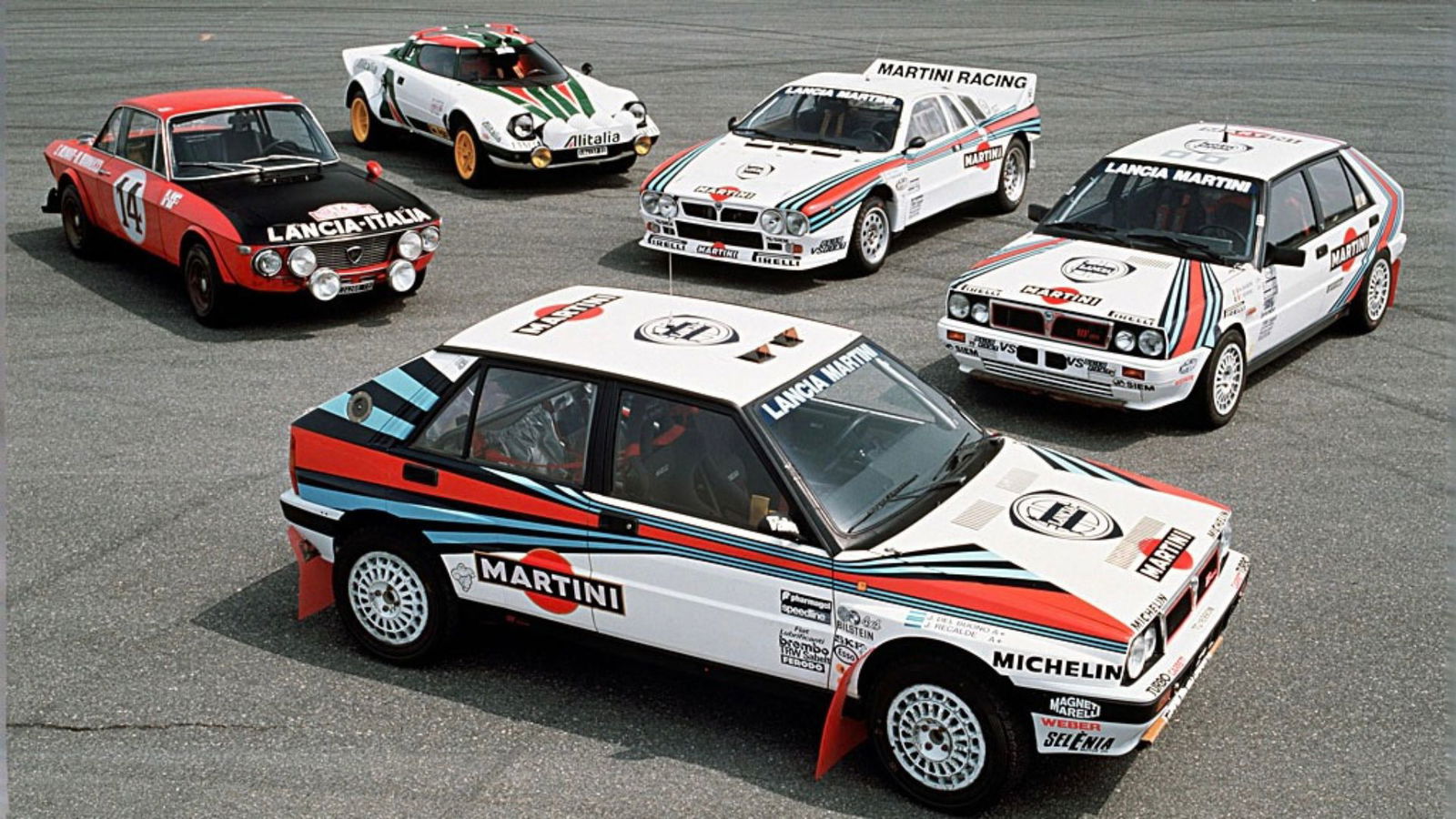
Many car companies are synonymous with rallying – Subaru, Mitsubishi, Ford, Citroen, Toyota and lots of others have carved out formidable reputations on the world’s special stages. But especially in Britain, where its cars are no longer sold, if someone says ‘Lancia’, you’re more likely to think of rallying than anything else. Well, that or a big pile of rust on the ground.
Even though it’s been out of the sport’s top flight for over 30 years, no other company can match Lancia’s 10 WRC manufacturers’ titles (although Toyota’s ninth championship in 2025 is bringing the Japanese company ever closer).
Naturally, the cars that it used to rack up those titles have become icons of the sport, and reminders of what the Lancia brand once was before it found itself in its current, slightly sorry state (although there are signs that that might be beginning to change). Here’s a beginner’s guide to all the cars that forged Lancia’s reputation as a rallying powerhouse.
Fulvia
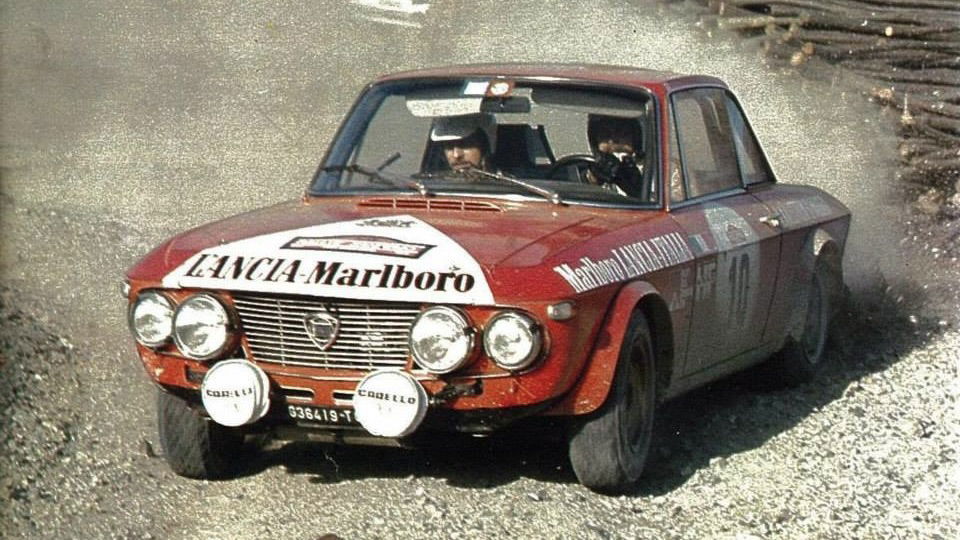
Even before the WRC came into official existence in 1973, Lancia was showing the world what it was capable of in rallying. Launched in 1963, the Fulvia was a pretty and rather forward-looking little car, correctly identifying that front-wheel drive was soon to become quite a big deal in small car manufacturing, and incorrectly predicting that V4 engines were the way forward. Oh well, it couldn’t be right about everything.
Having pulled out of F1 in 1955, Lancia re-entered racing with the Fulvia HF in 1965, its low weight, front-drive traction and zesty 1.2-litre engine pretty much immediately finding success. More powerful 1.3- and 1.6-litre versions would follow, and the Fulvia won every Italian Rally Championship bar one between 1965 and 1973.

It then made a name for itself on the international stage in 1972 by winning the third and final International Championship for Manufacturers, a forerunner of the WRC that would launch the following year.
Stratos
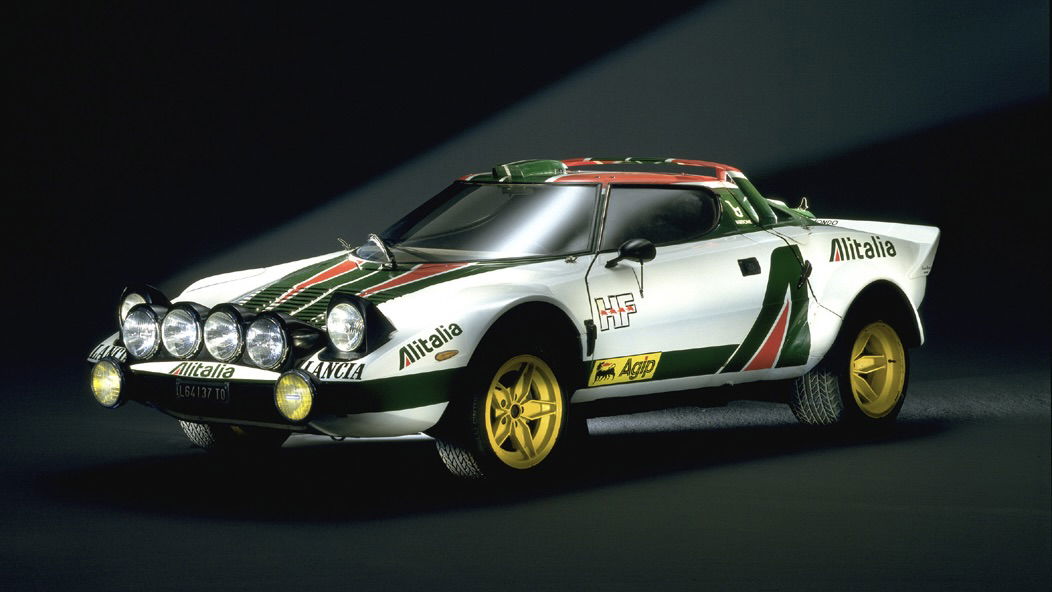
By the early ’70s, it was clear that the ageing Fulvia wasn’t going to cut it next to the newer breed of Group 4 rally cars, so in preparation for the 1974 season, Lancia did something radical: rather than base its new competitor on an existing car, it set about building a car for the express purpose of going rallying, which it would then build the minimum number of required road cars to homologate.
The starting point for the project was the 1970 Stratos Zero, a wild, wedgy mid-engined concept car. That car’s basic layout was developed into the Stratos HF, which retained a spaceframe chassis and mid-engined, rear-drive layout but was clothed in a jaw-dropping body designed by Marcello Gandini. Its centrepiece, though, was under its clamshell rear engine cover: since Lancia was now part of the Fiat group, which also owned Ferrari, it was able to source a 2.4-litre V6 from the Ferrari Dino 246.
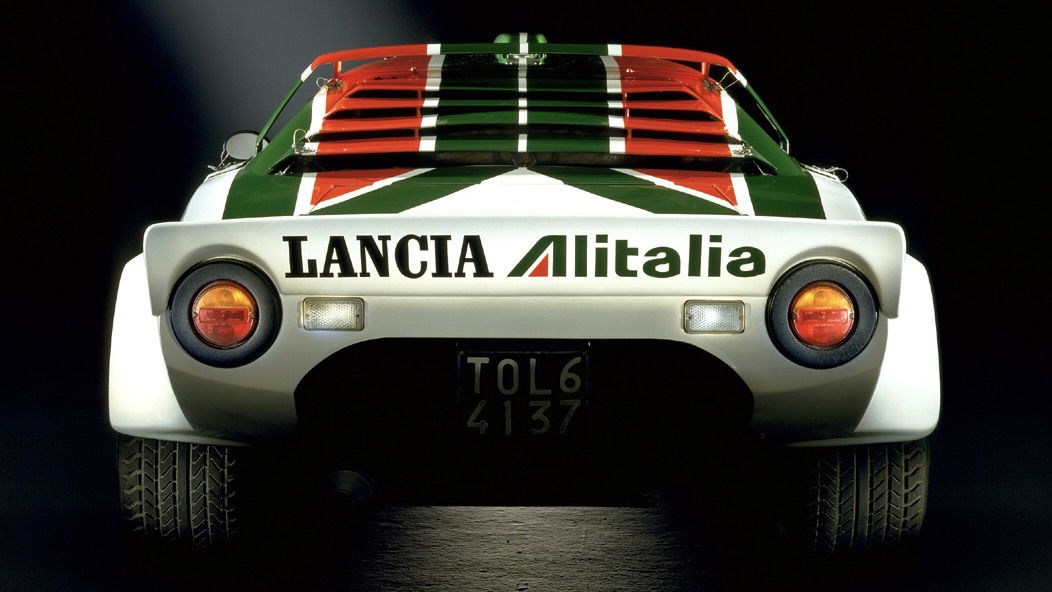
Somewhat unsurprisingly, since it was designed from the ground up as a rally car and was competing against hopped-up Ford Escorts and Opel Kadetts, the Stratos was a dominant force, winning three WRC titles in a row between 1974 and 1976. At the same time, Lancia, recognising the need for something with a stronger link to its regular road cars, also campaigned a front-wheel drive Beta Coupe alongside the Stratos in some events, but it’s understandably the mid-engined car that remains the brand’s defining ’70s rally machine.
That’s in no small part thanks to the 490 or so roadgoing Stratoses (Strati?) that were produced for homologation purposes, which you’re now looking at a cool half a million or so to own.
037
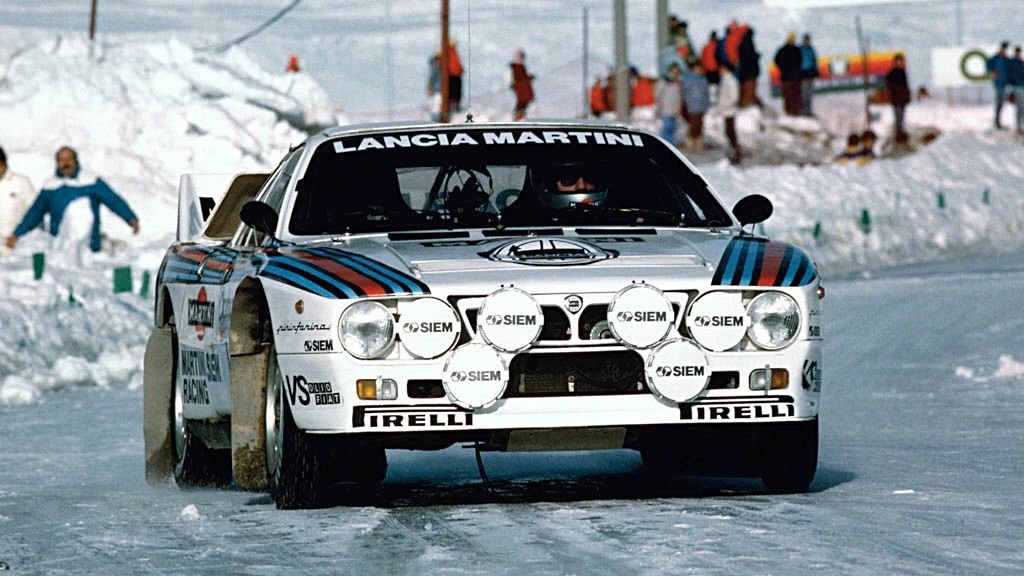
After the Stratos’ brief reign ended, the Fiat group’s factory rally programme shifted focus to the box-arched Fiat 131 Abarth – a legendary thing in its own right – but Lancia’s absence didn’t last long. With the beastly Group B regulations coming into effect for 1982, the 037 made its debut at that year’s Turin Motor Show.
It was based loosely on the mid-engined Beta Montecarlo, and mated that car’s central monocoque with tubular subframes at either end. Sitting amidships was an Abarth-tuned evolution of Fiat’s Twin-Cam 2.0-litre four-cylinder, which, unlike pretty much every rival in the sport, used supercharging rather than turbocharging for an extra shot of power.

In race trim, the coupe sent its entire 300bhp+ to the rear wheels, with two-wheel drive still the norm in the sport when development on the car had begun. Competition, though, came in the form of the all-wheel drive Audi Quattro, which had already proven to be a formidable thing on loose-surface and winter events.
What ensued in 1983 was a monumental scrap for the World Championship between Audi and Lancia, a story that’s been told everywhere from that brilliant film on The Grand Tour to a rather less brilliant feature film. The result, though, was that the 037, thanks to a combination of hard graft and some creative interpretations of the rules, became the last two-wheel drive car to win the WRC manufacturers’ championship.
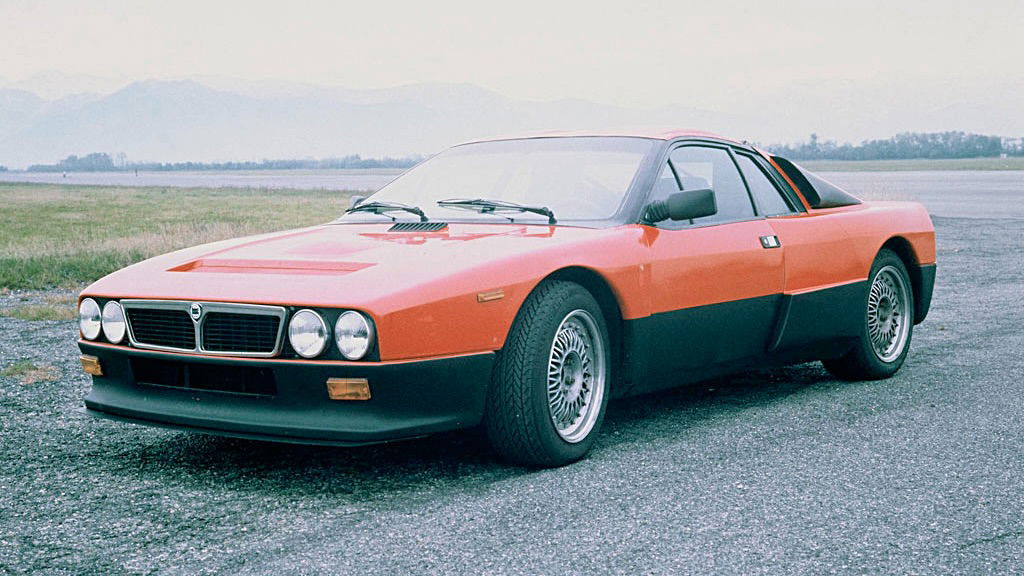
An updated 037 Evo 2 arrived in 1984, but by then it was clear that the days of two-wheel drive cars in rallying’s top flight were numbered, and Lancia began work on a successor. That wasn’t before it had produced just over 200 roadgoing 037 Stradales, though, again a prerequisite for homologating the road car.
Delta S4

The 037’s successor, the Delta S4, is arguably the least remembered of Lancia’s WRC challengers. That’s perhaps in part because it sometimes gets lumped together with the visually similar but mechanically very different Delta Integrale, and in part because it never won a championship, its career curtailed by Group B’s ban at the end of 1986.
Arriving just in time for the end of the 1985 season, its basic chassis was similar to that of the 037, but it was clothed in a new body resembling the newly introduced Delta hatchback. It now ran four-wheel drive to keep it competitive with the other WRC front-runners, and featured three separate diffs – mechanical lockers on each axle and a viscous centre diff that could alter the power distribution between the wheels.
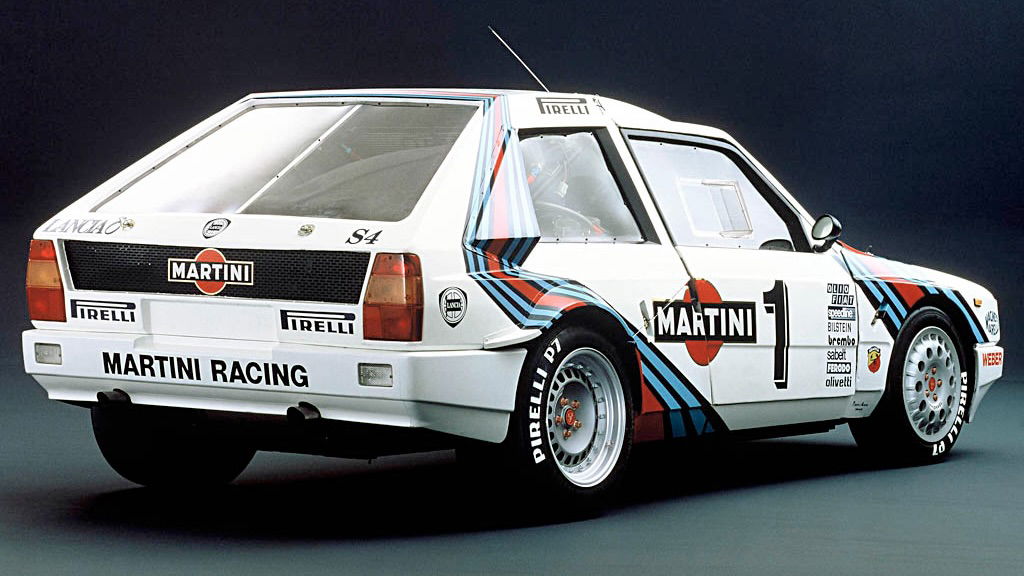
Its engine was another version of the Fiat Twin-Cam – smaller than the 037’s at 1.8 litres, but now featuring supercharging and turbocharging in an effort to combine both progressive low-end grunt and boosty top-end power.
The Delta S4 would only ever complete one full WRC season – 1986 – and although Lancia was contending for the win, it ended up second in the championship on a technicality: Peugeot was initially disqualified from Rallye Sanremo for illegal aero parts, which saw Lancia in the lead at season’s end. However, after the final round, Peugeot won its appeal and the Sanremo results were annulled, handing the title to the French company and its 205 T16 instead.
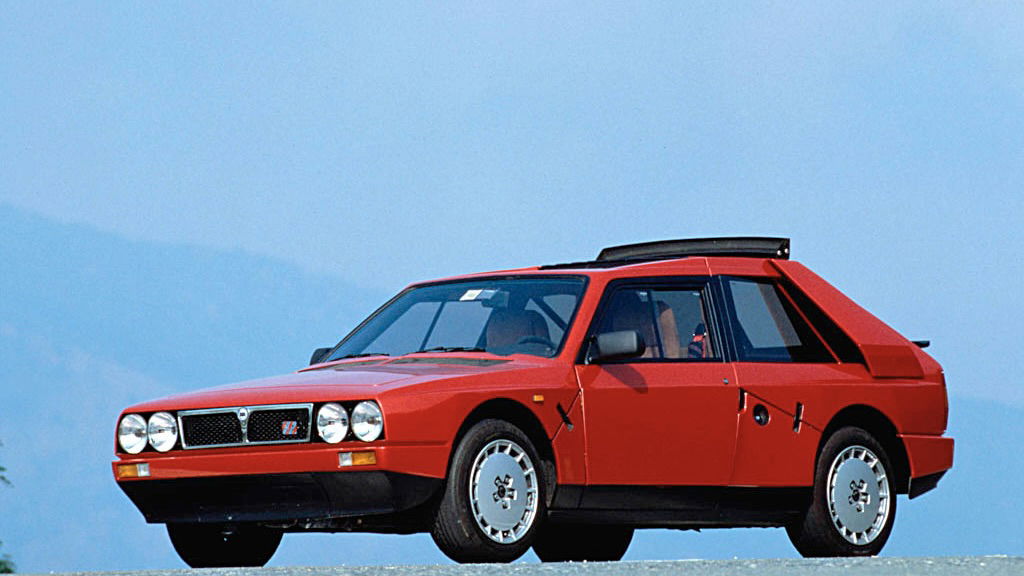
1986 also saw a string of major accidents, including one at the Tour de Corse that claimed the lives of Delta S4 crew Henri Toivonen and Sergio Cresto. This led to the early end of Group B on safety grounds at the end of the season, and with it, the S4's racing career.
Although the S4 looked a bit like the regular Delta, the resemblance was visual only – the rally car was very much its own thing, meaning that 200 mid-engined Delta S4 Stradale road cars had to be built as homologation specials.
Delta HF 4WD/Integrale
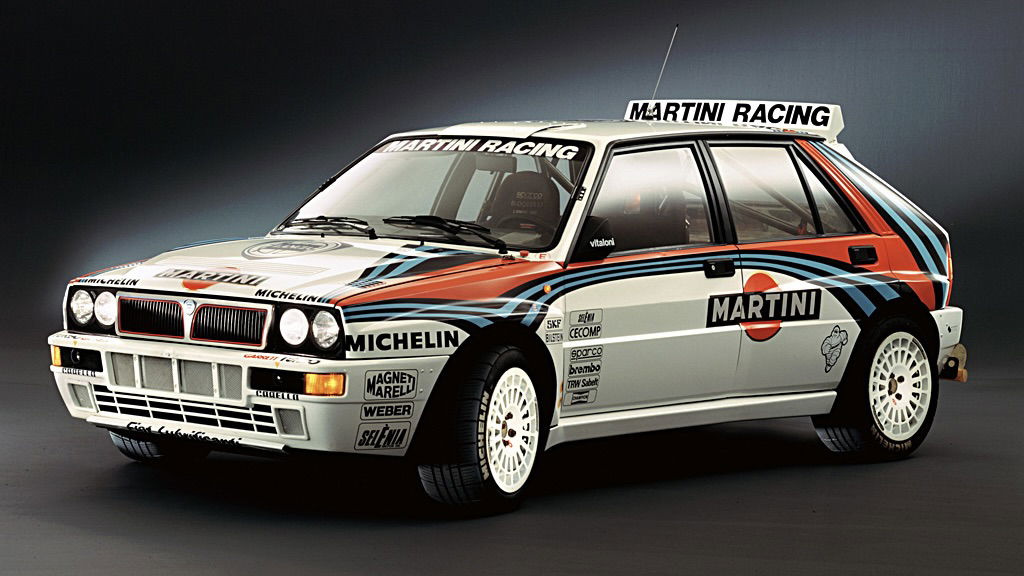
Lancia had been working on a competitor for Group S, the planned successor class to Group B, named Group S. Named the ECV (Experimental Composite Vehicle), it was an evolution of the Delta S4. But that class was cancelled in the wake of the tragedies of 1986, and the tamer Group A rules were brought in as the WRC’s top class instead.
Luckily, Lancia wasn’t caught out by this change. 1986 had seen the start of production of the four-wheel drive Delta HF 4WD road car, an ideal competitor for the new ruleset that saw a move away from specialist, near-prototype machinery and towards rally cars based on much more mass-produced road cars. Featuring a 2.0-litre turbocharged four-cylinder, the Group A Delta HF rally car made its debut in the 1987 season.
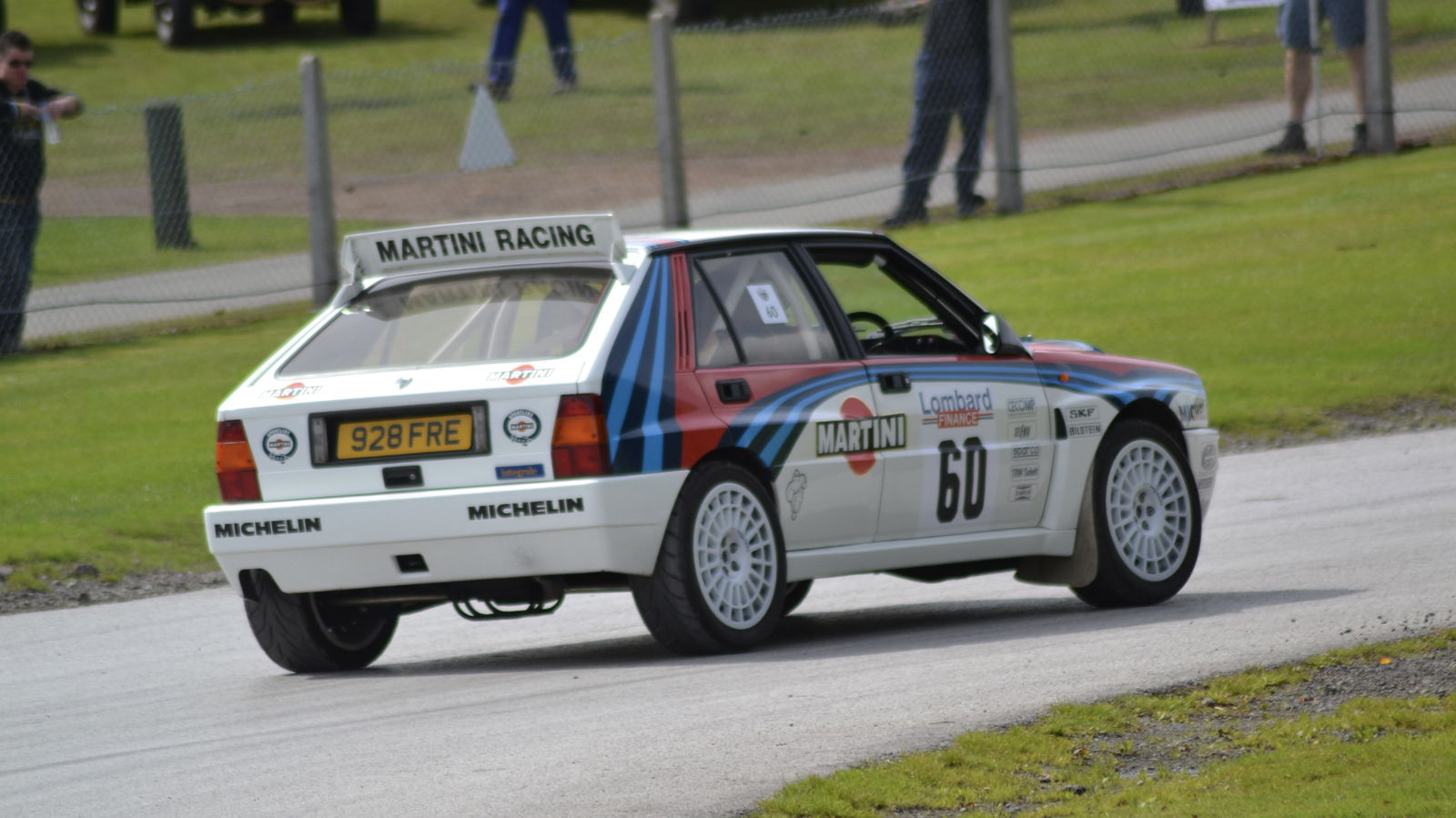
Guess what? It won the championship that year. And in 1988. And 1989. And 1990. And 1991. And 1992. It was the end of Lancia’s involvement as a works manufacturer after that last victory that brought an end to that unprecedented winning streak.
Obviously, Lancia didn’t win six titles on the bounce with the same car. A programme of continual evolution saw it stay competitive among growing competition from the likes of Ford, Toyota, Subaru and Mitsubishi.

In 1988, the Delta HF 4WD became the wide-arched Delta HF Integrale, which spawned a 16-valve version in 1989 and then the even more aggressive-looking Integrale Evo in 1991. These were all based on similar evolutions of the Delta road car, and there was even a roadgoing Integrale Evo 2 launched in 1993, despite Lancia having pulled out of rallying by then. Though produced in far bigger numbers than the roadgoing versions of the Stratos, 037 and Delta S4, these cars are still hugely sought after these days, with punchy used prices to match.
Ypsilon
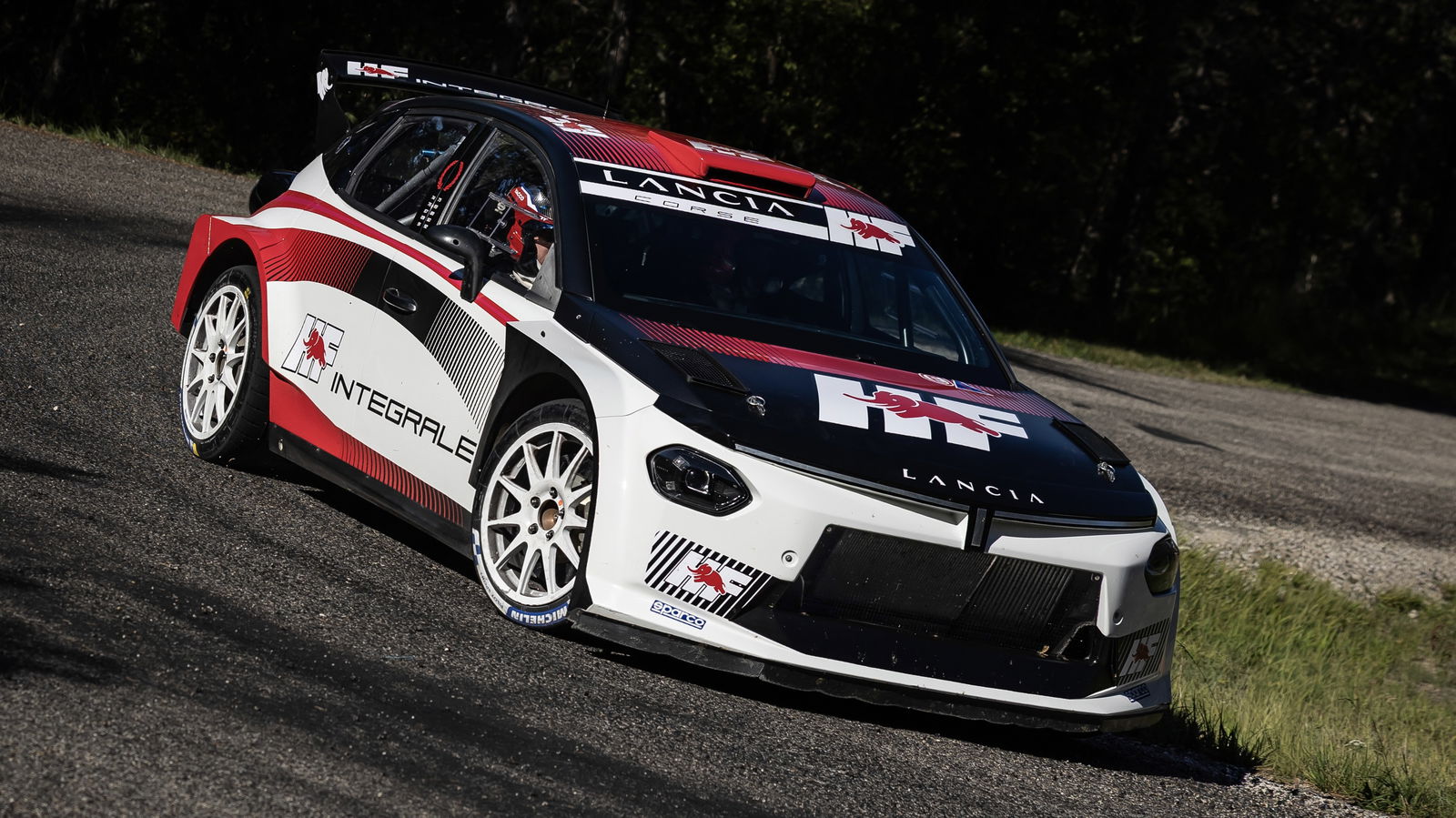
The mid-to-late 1990s were a period of change for Lancia as a company – and not positive change. Its reputation faltered, its market share shrank, and by the time the 2020s rolled around, it had been reduced to selling a single car in a single market – the ageing Ypsilon supermini in its home nation of Italy.
This once-great brand looked like it was heading towards a very sorry end, but when parent company Fiat merged with PSA to form the mega-corp that is Stellantis, a revival plan was announced. It’s so far only spawned one new model, a new generation of Ypsilon, but it’s also led to something that seemed nearly impossible just five years ago – Lancia’s return to rallying.
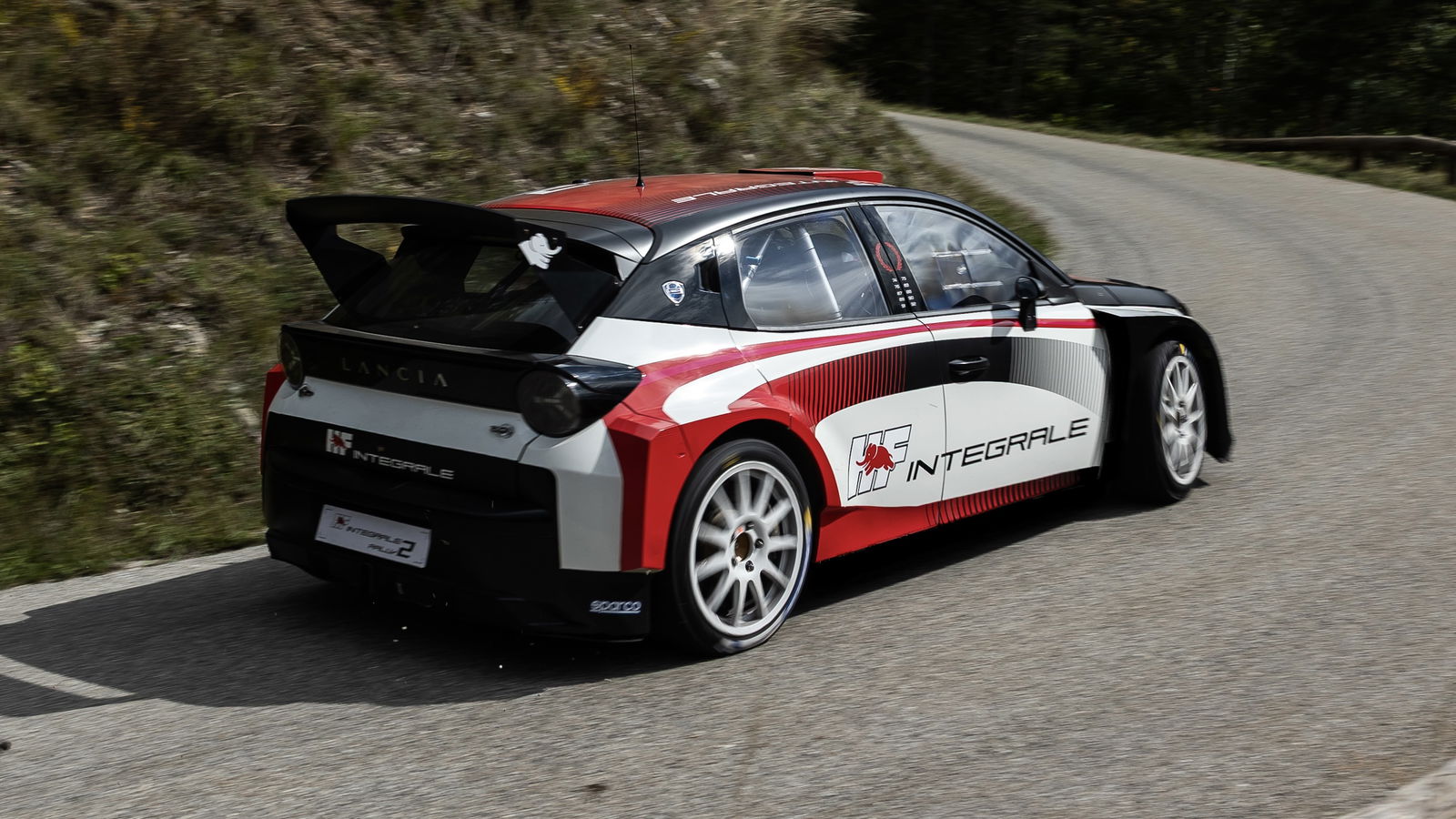
Three separate rally versions of the new Ypsilon have emerged: one for the entry-level Rally6 category, one for the mid-tier but still front-wheel drive Rally4 class, and one for Rally2 – all-wheel drive, and second only to the Rally1 cars that populate the top flight of the WRC these days.
Amid all this – and confirmation of a revived Delta Integrale in one form or another – rumours have swirled around Lancia’s return to the very top of rallying. Will it happen any time soon? It’s hard to say. The sport itself isn’t in the rudest of health right now, and questions abound over what form the top class takes when the current rules expire after 2026. But although we may never again see the likes of the Delta Integrale winning six consecutive titles, or the underdog 037 beating the odds, the Lancia name is at least back in the sport it belongs in.

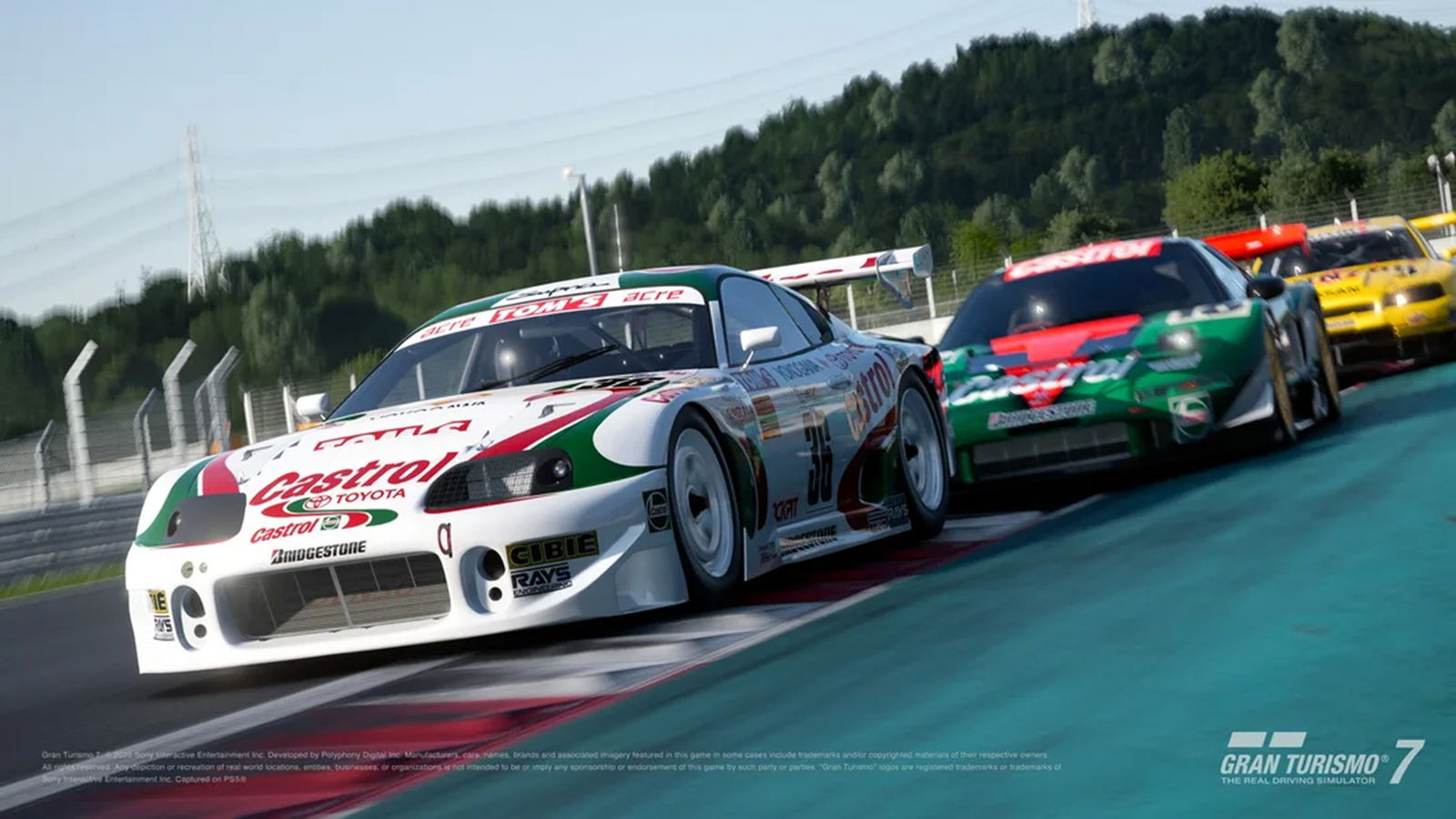





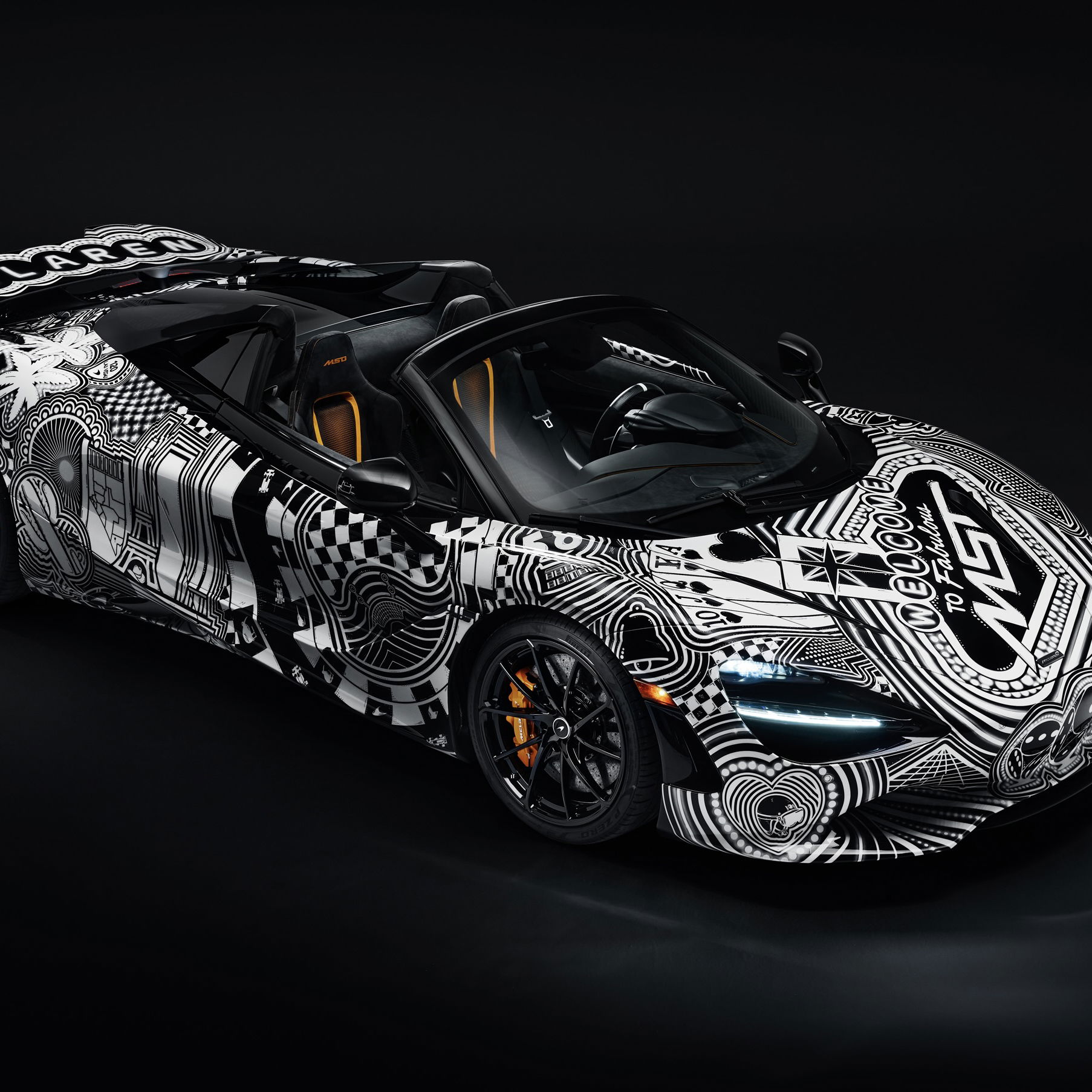
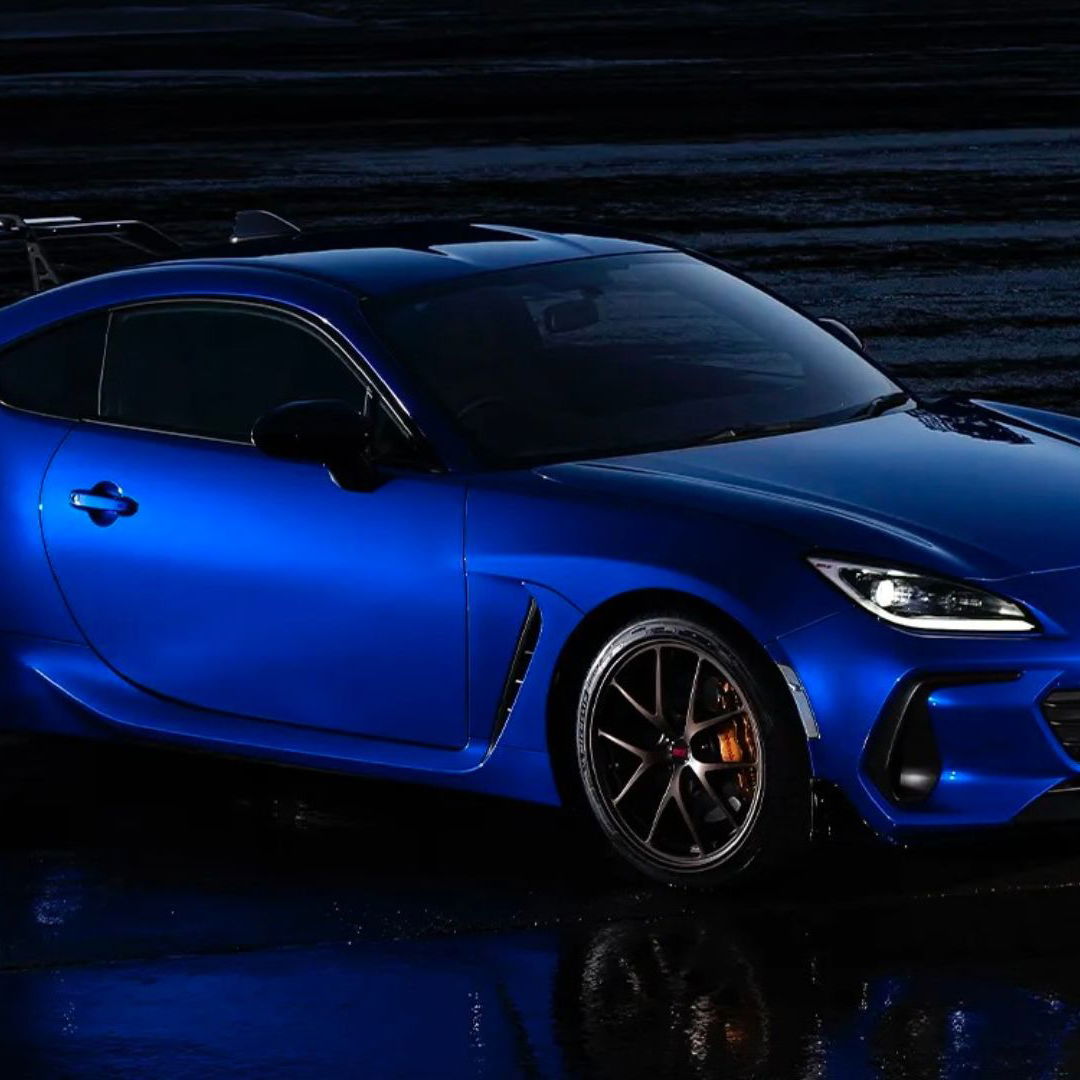
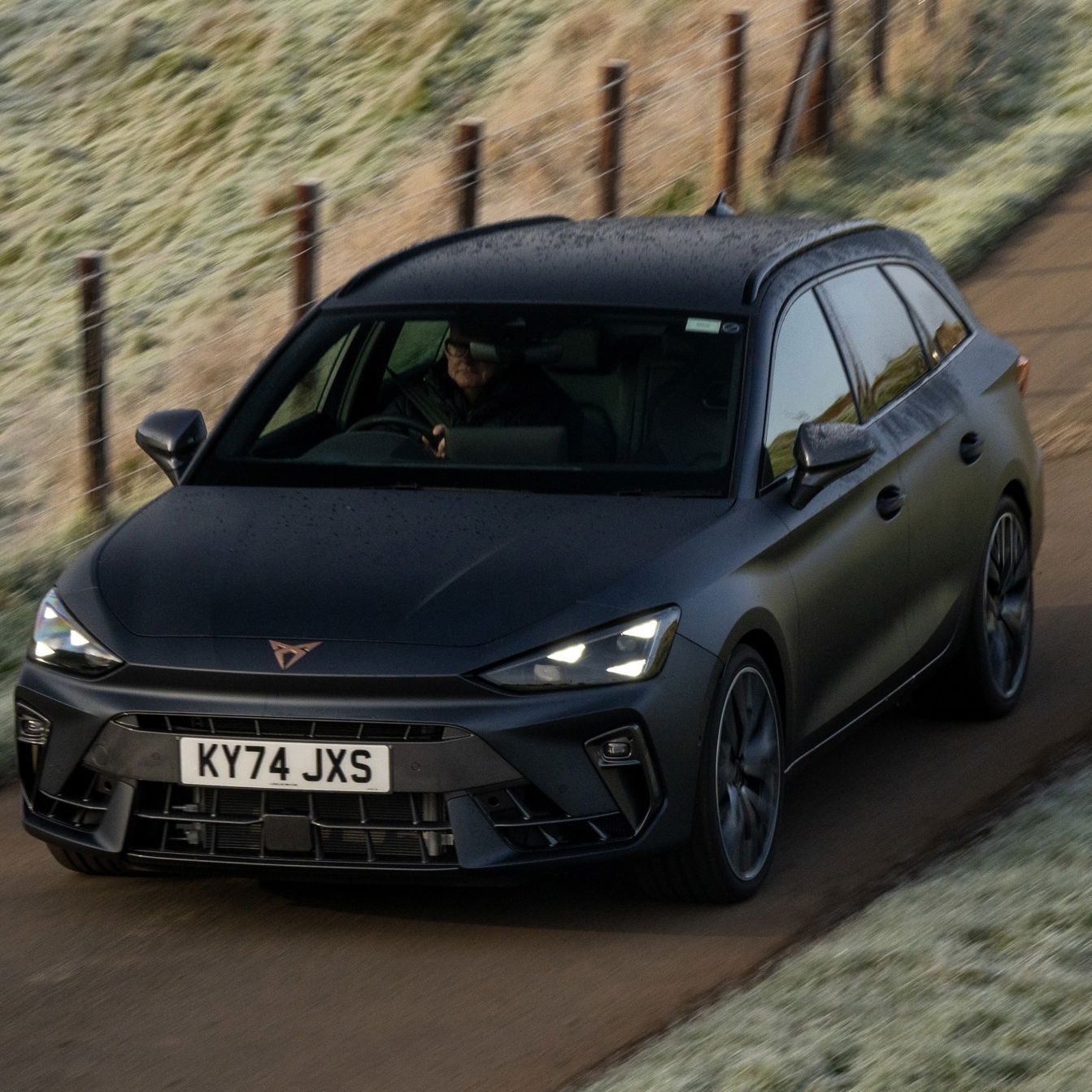




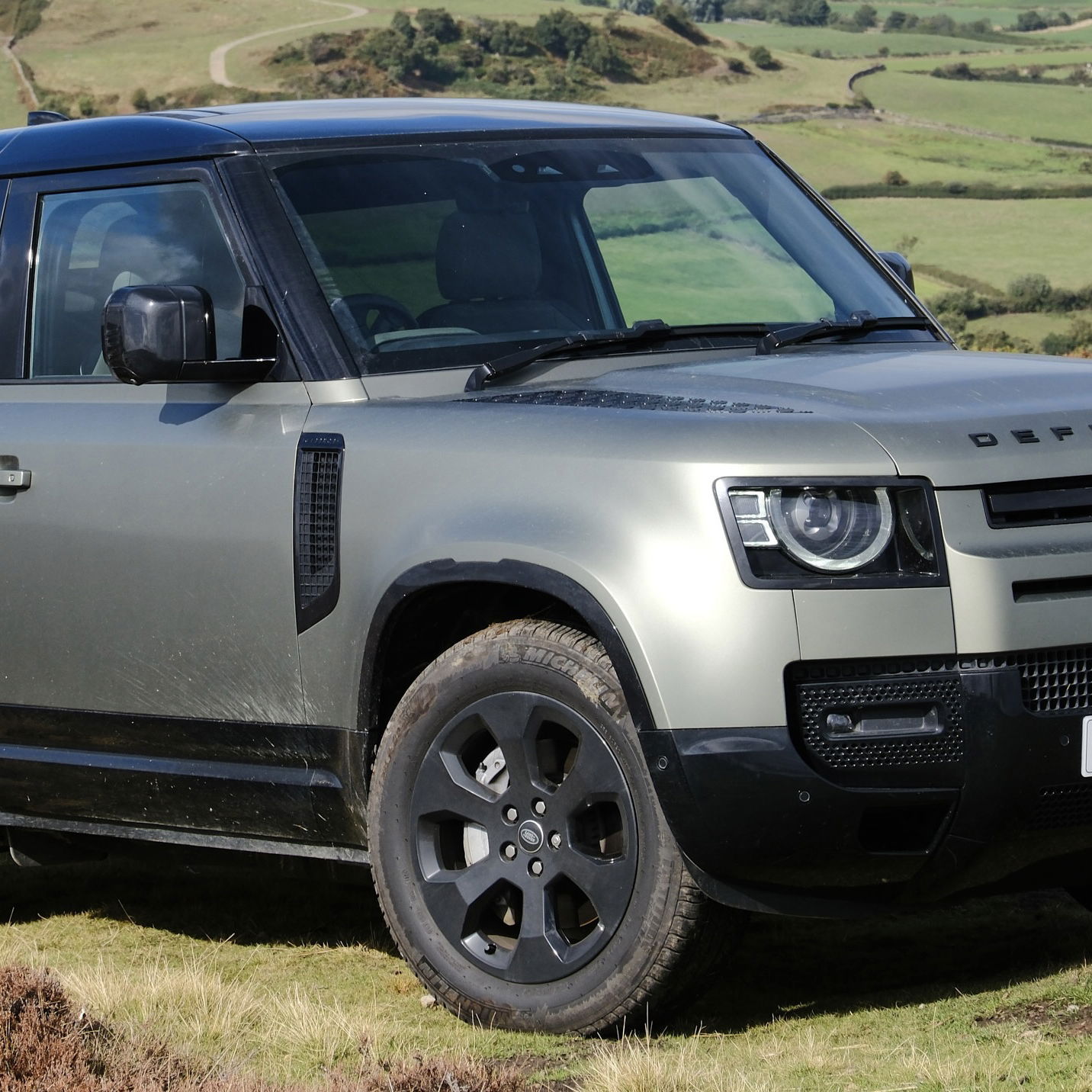
Comments